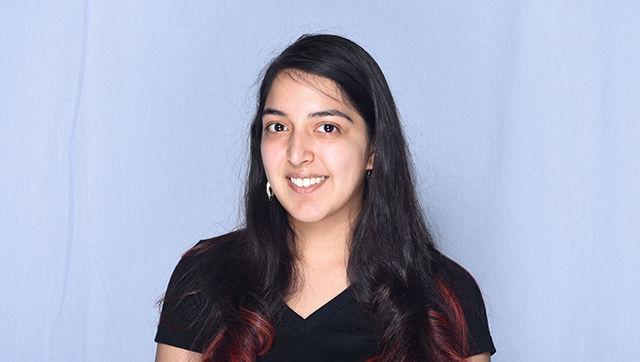
Amanda Reza
All of the various multicultural groups, outreach programs and brochures with pictures of students of all colors smiling create a false sense of diversity. These don’t reflect the reality that many minority students struggle every day to find a sense of belonging on this campus.
Mark Elison Hoversten, the dean of the College of Design, held a public forum on Oct. 25. In response to the public release of degrading racial comments about black students over GroupMe chat rooms, the forum was held to question if we are doing enough for our students.
“It is about race, racism,” Hoversten said. And he is right; a main reason that minority students have been targeted is because some people do not acknowledge this as an issue.
It is inexcusable to justify racial slurs and actions under the cover of freedom of speech. These are hurtful words, actions and biases that minority students suffer every day. But if we were to address the matter of free speech, why is it not acceptable for minorities to voice their opinions? Why is it acceptable for the majority to shut them down every time white students feel “uncomfortable”?
Somebody in the forum commented, “We need to step up and say that’s not what NC State represents,” expressing the sad reality that NC State is not a welcoming environment for all students. Degrading and hurtful comments targeting black peers or other minorities is not new, but neither are diversity trainings, racial events and multicultural groups.
A major concern for most of these diversity opportunities is that the same students attend these events time and time again. When only the same choir of informed students are present, it leads to the same results. And this was reflective of the room as well, although the lack of student attendance at the College of Design forum could most likely be attributed to busy schedules.
What makes this problem difficult is finding time to implement solutions while accommodating for students’ busy schedules. Racist acts can happen at any time despite any inconvenience to a student’s schedule.
Allona Wilkerson, a sophomore studying graphic design, described her reaction to the screenshots as she was in class. “I looked around the room and felt alone. Everyone else was going about their day, but here I was, in tears, disconnected,” Wilkerson said. Being the only black student in the class at the time, she often didn’t feel included.
But sometimes racism is not as obvious as inappropriate phrases targeted toward black people or other minorities. Micro-aggressions happen every day, which can amount to harmful effects on students’ self-worth in addition to the stress of fitting in. A particularly harmful idea is claiming that black students are here due to affirmative action. One student drew upon how she was fulfilling the same requirements that all students had to meet, but would constantly question if she was qualified when working just as hard as her peers.
It was painful to hear. We need to feel uncomfortable because ignoring or dismissing how minority students are treated does not make the situation go away. Some students have the privilege of not experiencing some of the struggles minority students face, but you don’t have to be of the same color to be at the same level of sensitivity.
During the forum, many students shared their experiences, and the floor was open to any potential ideas. There were thoughts on investing in support groups during class times and making the multicultural student design group more prevalent to students.
While much of the forum was targeted toward the College of Design, the university as a whole should step up in ensuring each student within each college is accounted for. “Culture starts on top of institution,” Hoversten said. “Leaders set the tone; from the top I am committed to having an inclusive culture where we don’t have micro-aggressions.”
As a broad topic, the forum mainly focused on covering student emotions. Moving forward with addressing the racial inclusivity, more discussions would be needed in order to find the appropriate solutions. This is a direction necessary for the College of Design but also the other colleges. Taking a step in the right direction, CHASS has recently announced holding a racial town hall as well. By having each college discuss solutions on the matter, NC State can find solutions that accommodate for all minority students of different majors.